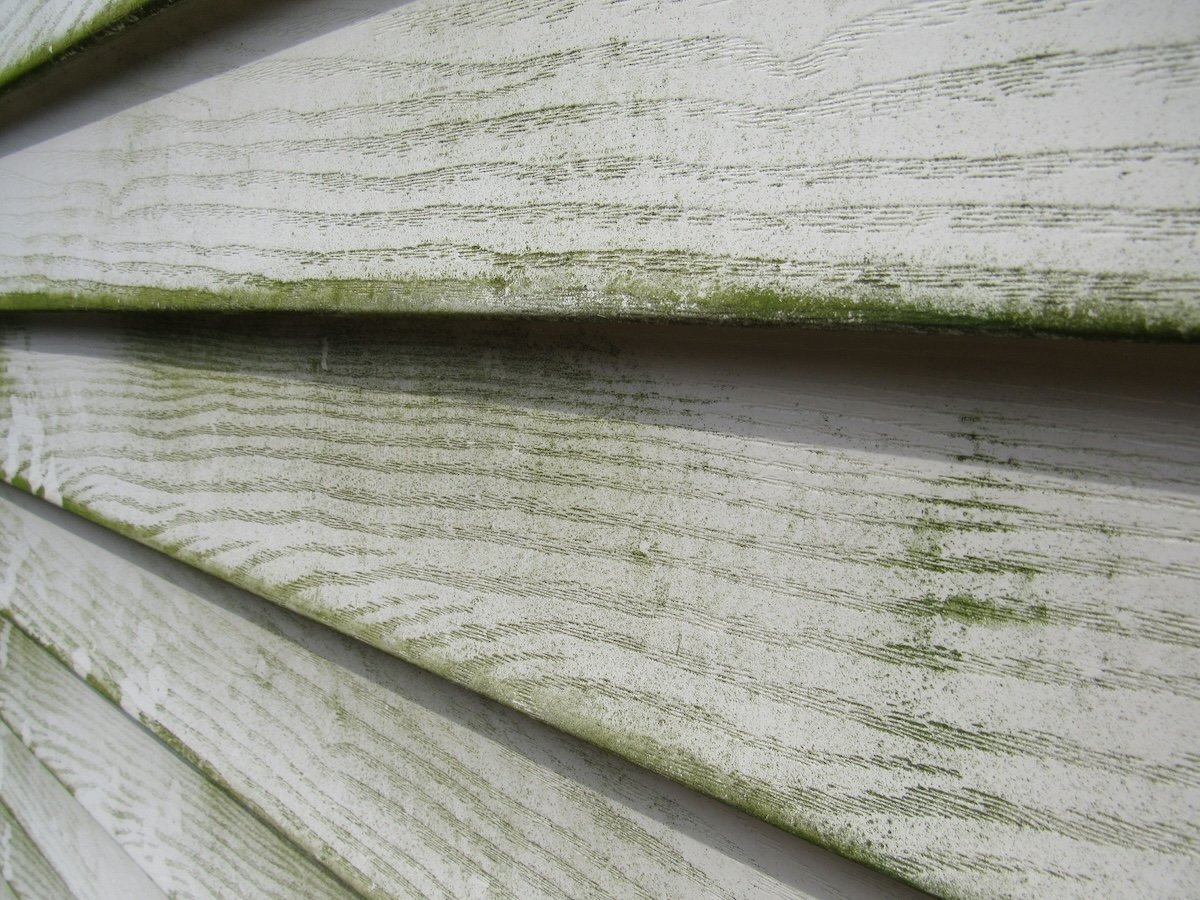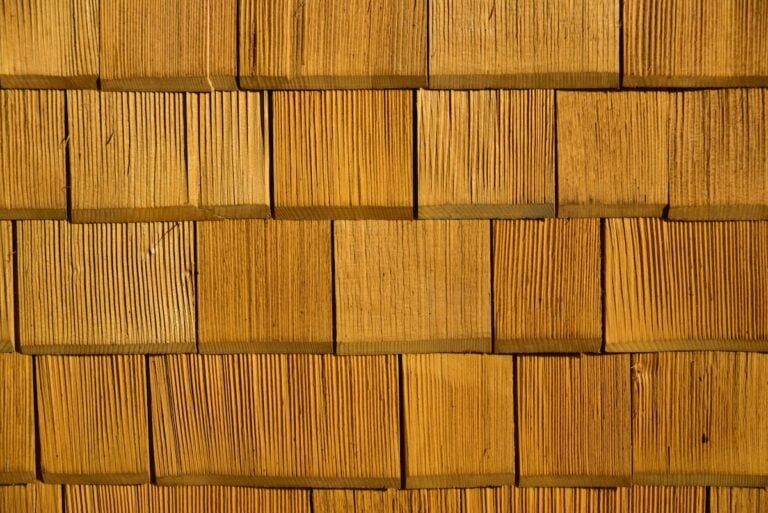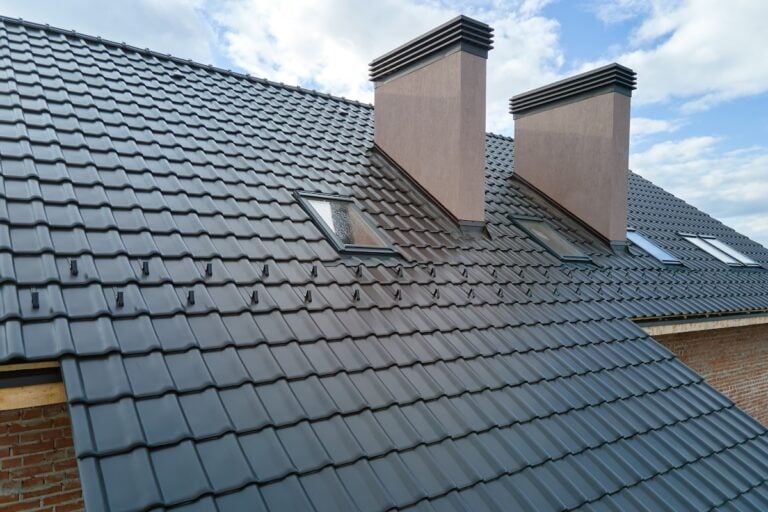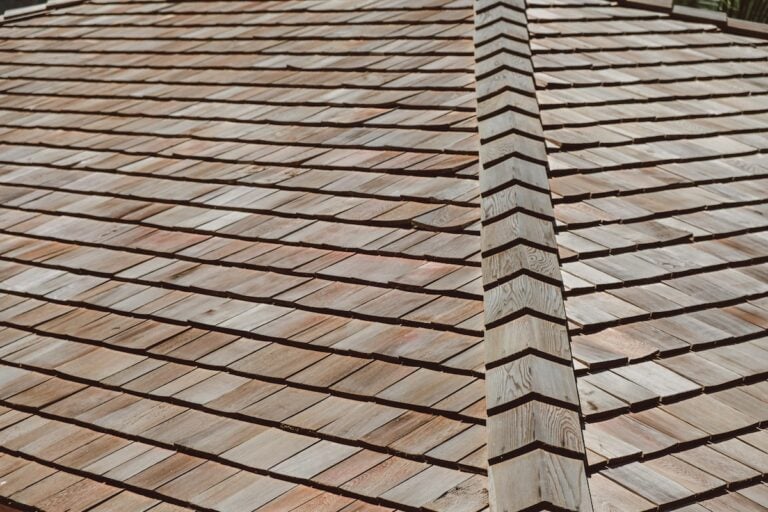If you’ve noticed patches of green or black mold on siding, you’re not alone—and it’s something homeowners shouldn’t ignore. Mold not only looks unsightly but can also degrade siding material over time and negatively affect your home’s exterior health. Fortunately, with the right techniques and safety measures, you can remove it effectively without damaging your siding or surrounding landscape.
In this guide, you’ll learn:
- What causes mold growth on siding
- Step-by-step instructions for safe removal
- How to prevent it from returning in the future
💧 What Causes Mold to Grow on Siding?
Mold thrives in damp, shaded areas—especially on exterior surfaces that don’t receive much sunlight or airflow. Vinyl, wood, and fiber cement siding are all vulnerable under the right conditions.

Moisture Retention
Moisture from rain, sprinkler systems, or even high humidity can accumulate on your siding. If the area doesn’t dry out quickly, mold spores have a perfect breeding ground. Mold growth often begins in small patches and can spread rapidly when left unchecked.
Lack of Sunlight
Siding that’s shaded by trees, fences, or other buildings receives less sunlight throughout the day. Since sunlight helps dry out surfaces and inhibit fungal growth, darker or shaded walls are more likely to develop mold. This is especially common on north-facing walls.
Organic Debris
Mold often feeds on organic buildup, which is why cleaning with the right vinyl siding tools can help keep surfaces protected. Regular cleaning is key to removing buildup before it leads to a larger issue.
✅ 5 Steps to Safely Remove Mold from Siding
Removing mold isn’t complicated—but it does require care to protect your home, your landscaping, and yourself.
- Wear protective gear: Put on gloves, eye protection, and a mask to avoid inhaling spores or splashing chemicals. Mold removal can release particles into the air that irritate your lungs or skin.
- Mix a cleaning solution: Combine water with either white vinegar or a small amount of household bleach. Never mix chemicals together, and always test a small section of siding first to ensure it doesn’t discolor or damage the surface.
- Scrub gently: Use a soft-bristled brush or sponge to clean affected areas. Avoid wire brushes or high-pressure scrubbing, which can damage paint, coatings, or the siding itself.
- Rinse thoroughly: Use a garden hose to rinse the siding, starting from the top and working down. This helps prevent streaking and ensures no residue is left behind to attract future growth.
- Let the area dry: After cleaning, allow the siding to dry completely. Monitor for any returning spots in the following weeks and repeat the process if necessary.
*Tip: Pressure washing vinyl siding can be an effective method for mold and algae removal. However, make sure to use with caution to avoid damage to the materials. Just like siding, roofs can face fungal growth, and following a roof moss removal guide ensures safe cleaning without long-term damage.

⭐️ Additional Mold Removal Tips
Sometimes a few extra precautions can make all the difference in mold cleanup success and safety.
- Avoid high-pressure washers: Although effective, pressure washers can force water behind the siding, leading to internal moisture problems. Stick with low-pressure hoses for routine cleaning.
- Use plant-safe solutions: If you’re working near gardens or flower beds, be mindful of runoff. Vinegar and diluted hydrogen peroxide are safer alternatives to bleach when you need to protect your landscape.
- Clean on an overcast day: Avoid working in direct sunlight, which can cause cleaning solutions to dry too quickly and leave streaks or residue on your siding.
🌱 Preventing Future Mold Growth
Once you’ve removed mold, prevention is the next step to keep your siding clean for the long haul.
Trim Landscaping
Overgrown shrubs or trees that brush against your siding or block airflow can contribute to mold growth. Trim these regularly to allow sunlight and fresh air to reach shaded parts of your exterior. This also reduces the risk of moisture buildup and siding damage from constant contact. Siding services in Alexandria, help keep exterior walls clean and mold-free.”
Redirect Water Sources
If your gutters or downspouts are directing water onto your siding, calling Fairfax siding repair experts ensures proper drainage and long-term protection. Adjust or extend them to keep water flowing away from the home’s foundation and vertical surfaces. Preventing standing water helps reduce the chance for mold to return.
Clean Annually
A once-a-year exterior cleaning can go a long way in preventing mold on siding. Use mild soap and water or a siding-safe cleaner to remove buildup, dirt, and mildew spores. Regular maintenance reduces the amount of moisture and nutrients available for mold to thrive.

💪 Don’t Let Mold Take Over Your Siding
If you’ve spotted mold on siding, act quickly to avoid long-term damage and unsightly stains. With the right tools and approach, you can remove it safely—and prevent it from coming back.
Contact Springfield Roofing & Sheet Metal Inc. today for help with siding, inspections, or to learn more about exterior solutions that protect your home for years to come. For ongoing protection, consider scheduling maintenance with our Springfield siding solutions, designed to keep your home’s exterior strong year-round.






